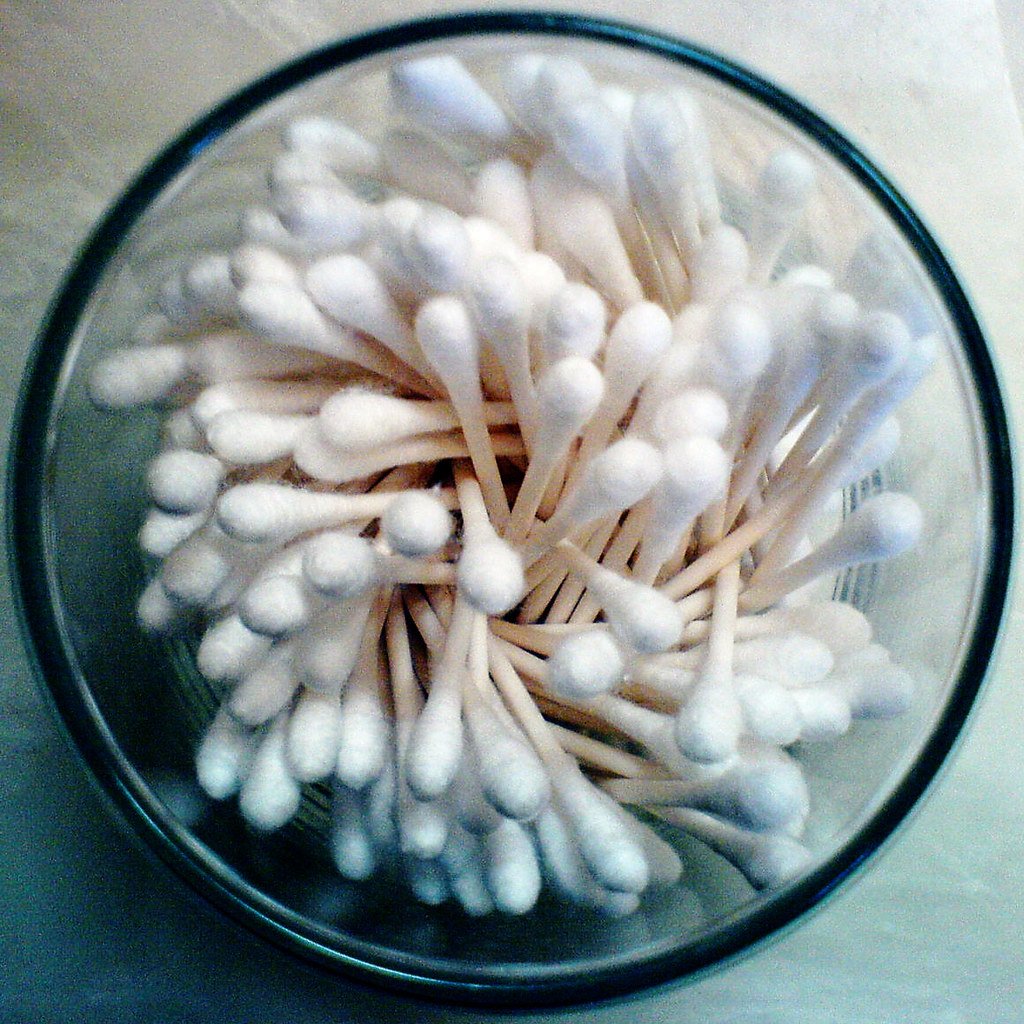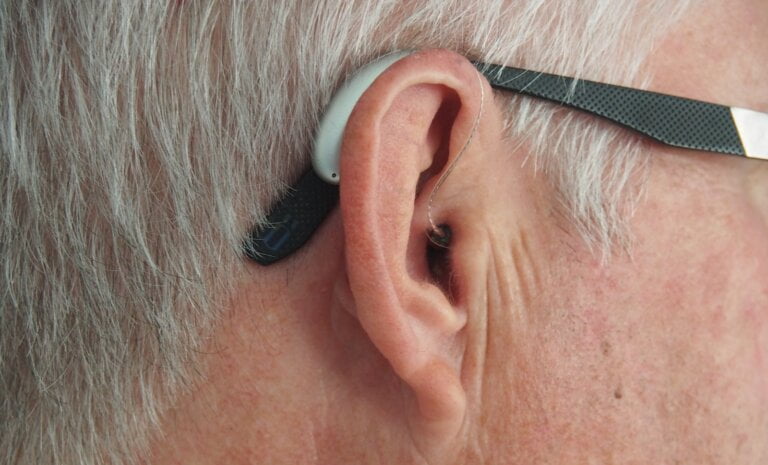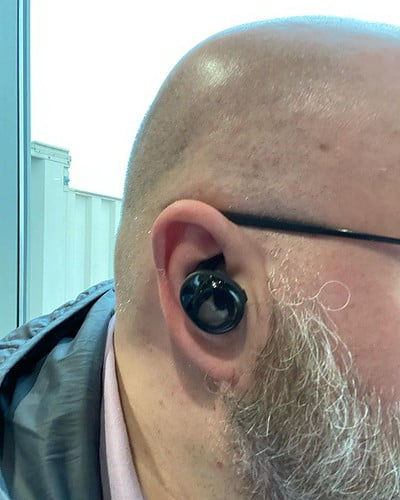Precision meets Flushing: Comparing the Pros and Cons of Microsuction and Irrigation for Ear Wax Removal
Last Updated on 3rd May 2024 by Admin
When it comes to earwax removal, two popular methods are microsuction and manual removal. Both techniques have their own advantages and disadvantages, and it’s important to understand them before deciding which one is right for you. In this article, we will delve into the details of these two methods, exploring their pros and cons to help you make an informed decision.
Microsuction
Microsuction is a safe and effective method of removing excess earwax using a gentle suction device. This technique is usually performed by an audiologist or an ENT specialist. Let’s explore the advantages and disadvantages of microsuction in more detail:
Pros of Microsuction
-
Non-invasive: One of the key advantages of microsuction is that it is a non-invasive procedure. Unlike other methods, microsuction doesn’t require any incisions or instruments to be inserted into the ear canal. This makes it a comfortable and pain-free method for most individuals.
-
Highly precise: Microsuction allows for a high level of precision due to the use of a small suction device. This enables the healthcare professional to remove even the smallest and most stubborn pieces of earwax without causing any harm to the ear. The suction device can target specific areas and ensure thorough removal.
-
Quick procedure: Another benefit of microsuction is its speed. It is typically a quick procedure that can be performed in a matter of minutes. This is particularly beneficial for individuals who have a busy schedule and need a fast solution for their earwax problem. In just a short amount of time, the excess earwax can be safely and effectively removed.
-
Safe for all individuals: Microsuction is considered safe for individuals of all ages, including children and the elderly. It is a gentle method that minimizes the risk of injury or infection. This makes it suitable for a wide range of patients, ensuring that everyone can receive the necessary earwax removal without any complications.
Cons of Microsuction
-
Requires professional assistance: One drawback of microsuction is that it should only be performed by a trained healthcare professional. This means you will need to visit a clinic or healthcare facility to have the procedure done, which may not be convenient for everyone. However, the expertise of the professional ensures that the procedure is carried out safely and effectively.
-
Higher cost: Compared to other methods of earwax removal, microsuction can be relatively more expensive. This is primarily due to the expertise and specialized equipment required for the procedure. While the cost may be a limiting factor for some individuals, it is important to consider the benefits and the quality of the procedure when making a decision.
Manual Removal
Manual removal involves the use of specialized instruments, such as curettes or ear picks, to manually extract earwax from the ear canal. This method can be performed by a healthcare professional or even at home with caution. Let’s explore the pros and cons of manual removal in more detail:
Pros of Manual Removal
-
Availability: One of the advantages of manual removal is its wide availability. It can be performed by healthcare professionals or even by individuals at home. This provides flexibility in terms of accessibility and convenience. Individuals who prefer to take care of their earwax removal at home can do so with the right tools and proper caution.
-
Cost-effective: Manual removal is generally more cost-effective compared to microsuction as it doesn’t require specialized equipment or professional assistance. This makes it an affordable option for those on a tight budget. With proper guidance and caution, individuals can safely remove excess earwax without incurring additional costs.
Cons of Manual Removal
-
Higher risk of injury: One of the main drawbacks of manual removal is the higher risk of injury or damage to the ear canal if not performed correctly. It requires precision and caution to avoid accidentally pushing the earwax deeper into the canal or causing trauma to the delicate structures of the ear. Therefore, it is crucial to exercise patience and follow proper techniques to minimize the risk of injury.
-
Less precise: Unlike microsuction, manual removal may not allow for the same level of precision. It can be challenging to remove small or hard-to-reach earwax deposits, which may require multiple attempts or visits. The reliance on manual tools may limit the ability to target specific areas, potentially leaving behind residual earwax.
-
Potential discomfort: Manual removal can cause discomfort or pain, especially if the individual has a sensitive or inflamed ear canal. It is crucial to proceed with caution and stop immediately if any discomfort or pain is experienced. The sensitivity of the ear canal should be taken into consideration when deciding on the method of earwax removal.
-
Not suitable for certain individuals: Manual removal may not be suitable for individuals with certain ear conditions, such as a perforated eardrum or a history of ear surgeries. It is essential to consult with a healthcare professional to determine if manual removal is appropriate in your case. Certain conditions may require the expertise of a professional using specialized techniques.
In conclusion, both microsuction and manual removal have their own set of pros and cons. Microsuction offers a non-invasive and precise method of earwax removal, while manual removal provides availability and cost-effectiveness. When deciding on the right method for you, consider your specific needs, preferences, and any underlying ear conditions. It is always recommended to consult with a healthcare professional to ensure a safe and appropriate earwax removal experience. By weighing the pros and cons, you can make an informed decision that suits your individual circumstances.
FAQ
Q1: Is microsuction a non-invasive procedure?
A1: Yes, microsuction is a non-invasive procedure that doesn’t require any incisions or instruments to be inserted into the ear canal.
Q2: Can microsuction be performed quickly?
A2: Yes, microsuction is a quick procedure that can be performed in a matter of minutes.
Q3: Is manual removal more cost-effective than microsuction?
A3: Yes, manual removal is generally more cost-effective as it doesn’t require specialized equipment or professional assistance.
Q4: Is manual removal suitable for individuals with certain ear conditions?
A4: Manual removal may not be suitable for individuals with certain ear conditions, such as a perforated eardrum or a history of ear surgeries. It is important to consult with a healthcare professional to determine if manual removal is appropriate in your case.







